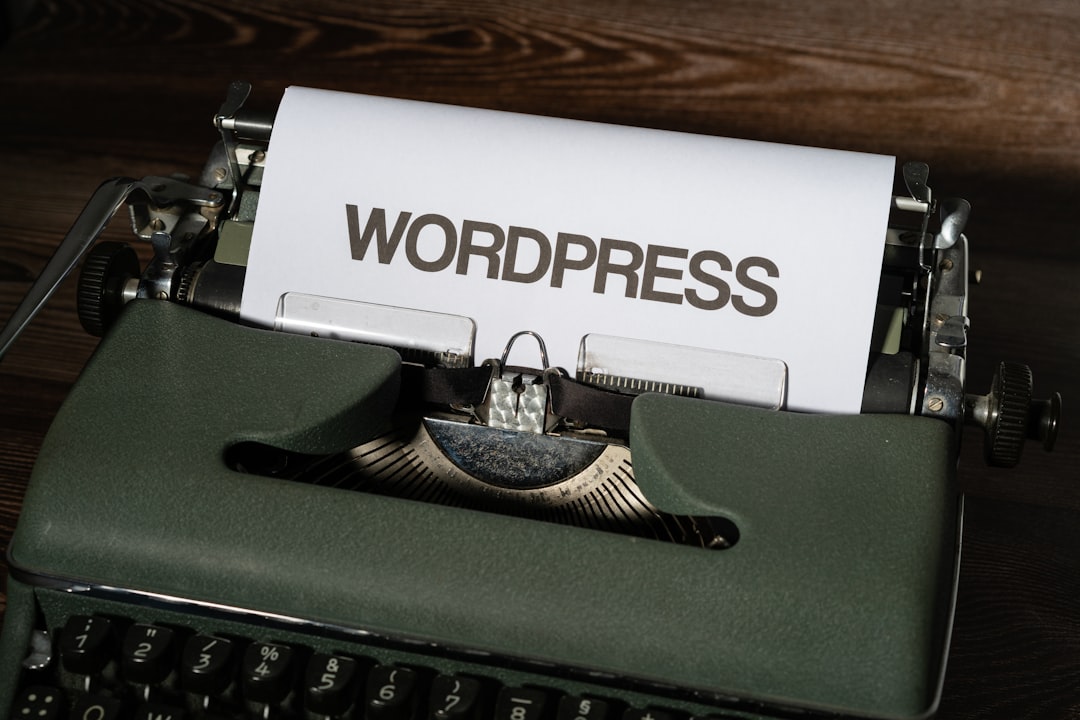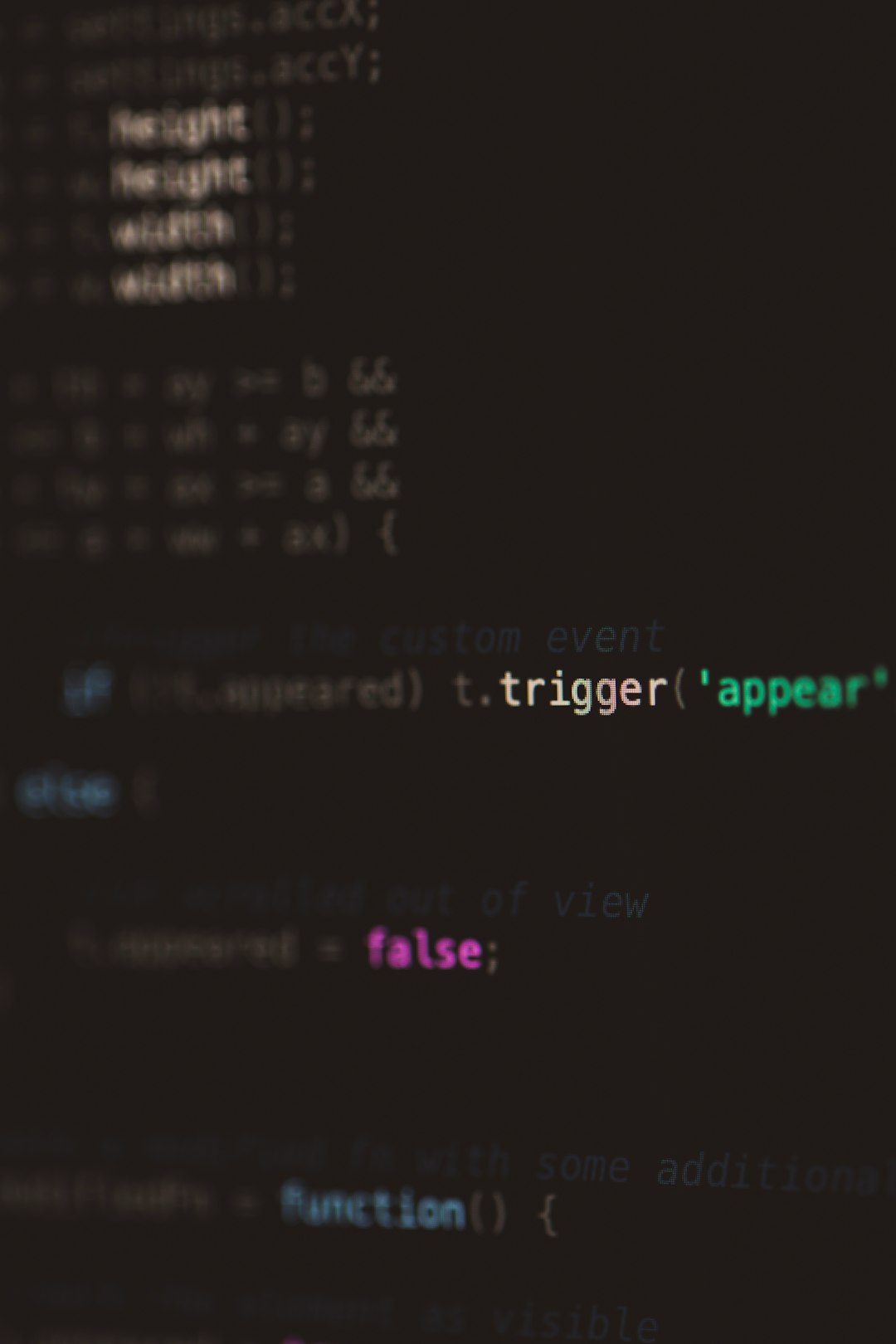Have you ever visited a WordPress site, only to be greeted by an unassuming white screen with the message: “Briefly unavailable for scheduled maintenance. Check back in a minute.”? While a scheduled maintenance notice is intended to be fleeting, sometimes it lingers longer than expected, leaving both admins and visitors puzzled. Fortunately, this issue is solvable—even for non-tech-savvy website owners. In this article, we’ll uncover why it happens and how to quickly bring your site back online.
What Triggers the Maintenance Mode?
WordPress introduces maintenance mode automatically during updates. This includes:
- Core WordPress software updates
- Theme or plugin updates
- Bulk updates initiated from the WordPress dashboard
Once you initiate the update, WordPress temporarily creates a special .maintenance file in your root directory. This file signals to visitors—and more importantly, browsers—that the site is undergoing temporary maintenance. Ideally, this file deletes itself after a successful update. However, if something goes wrong, it can hang around, unintentionally keeping your website locked in maintenance mode.
Common Causes of Stuck Maintenance Mode
Several things can cause your site to get stuck in maintenance mode:
- Interrupted Update: The update process is halted—perhaps due to a server timeout or lost internet connection.
- Plugin Conflicts: Certain plugins can interfere with the update execution.
- Low Server Resources: Insufficient memory or slow hosting servers can lead to partial uploads.
- Incorrect Permissions: WordPress may fail to remove the
.maintenancefile if permissions aren’t configured properly.
This results in the dreaded white screen with no clear way out. But don’t worry—we’ve got some effective solutions lined up.
How to Exit Maintenance Mode Manually
If your site has been in maintenance mode for more than a few minutes, and you’re not performing any current updates, it’s time to take action.
Step 1: Connect to Your Website Files
First, you need access to your site’s file system. You can do this using an FTP client (like FileZilla) or through your web host’s file manager.
Using FileZilla:
- Download and open FileZilla.
- Enter your FTP credentials (host, username, password, and port).
- Navigate to the
public_htmlor root directory of your WordPress installation.
Using Hosting File Manager:
- Log in to your web hosting account (like Bluehost, SiteGround, or HostGator).
- Go to File Manager.
- Locate your WordPress root folder—often labeled
public_htmlor named after your site.

Step 2: Locate and Delete the .maintenance File
Once inside your website’s root directory, look for a file titled .maintenance. It might appear hidden, so make sure your file manager shows hidden files. If you’re using FileZilla, go to Server > Force Showing Hidden Files.
Right-click the .maintenance file and select Delete. Confirm the deletion. This should immediately restore your site to normal.
Step 3: Check Your Site
Visit your site’s URL in an incognito window or a different browser to see if the update message is gone. If the white screen returns, try refreshing your browser cache using Ctrl + F5 or Cmd + Shift + R.
Preventing Future Maintenance Mode Issues
To avoid getting stuck in maintenance mode again, follow these best practices:
1. Update One at a Time
Instead of updating all plugins or themes at once, do them individually. This makes it easier to spot the culprit if anything breaks.
2. Use Quality Hosting
Poor-quality hosting can lead to timeouts and dropped connections. Choose a provider that offers good uptime and resources suited for your site’s demands.
3. Backup Before Updates
Always take a complete backup of your site before initiating any update. Tools like UpdraftPlus or Jetpack Backup can automate the process.
4. Avoid Updates During Peak Hours
Running updates when your site experiences high traffic can cause conflicts. Schedule updates during off-hours whenever possible.
5. Monitor Console Logs
Watch your browser’s console or use debugging tools in case an error message appears during or just after the update process. This can provide vital clues if something goes wrong.

Is a Plugin Locking Your Site in Maintenance Mode?
Some plugins manage their own maintenance protocols, overriding even WordPress core settings. If your site keeps getting stuck, investigate the most recently updated plugin. You can disable plugins by renaming the wp-content/plugins folder temporarily or disabling individual plugin directories inside it.
How to Disable Plugins via File Manager
- Navigate to your
wp-contentdirectory. - Find the plugin causing problems and rename its folder (e.g., add
-disabledto the end of the folder name). - Refresh your WordPress site. It should deactivate the plugin automatically and restore access.
After regaining control, return to your WordPress dashboard and check under Plugins to delete or update any conflicting ones safely.
Does the White Screen Still Persist?
If deleting the .maintenance file didn’t help and disabling plugins doesn’t work either, you may be dealing with what’s called the “white screen of death.”
Troubleshooting Deeper Issues
- Enable Debugging: Add
define('WP_DEBUG', true);to yourwp-config.phpfile to expose errors. - Check PHP Logs: PHP configuration errors often show up in the logs your host provides.
- Contact Hosting Support: If all else fails, your hosting provider can help identify misconfigurations or corrupted files.
Plugins to Help Manage Maintenance
If you’d like more control over maintenance mode and to customize the message users see, consider installing a user-friendly plugin like:
These plugins allow you to display your own branding and explanations, and can even help you collect visitor emails while you work on your site behind the scenes.
Final Thoughts
The “Briefly unavailable for scheduled maintenance” message may seem daunting, especially when it overstays its welcome. But the fix is usually simple—a deleted file, a renamed plugin, or a quick refresher of the update process. By understanding what triggers maintenance mode and how to respond, you give yourself the confidence and tools needed to avoid unnecessary downtime in the future.
Next time your site gets stuck in maintenance mode, don’t panic. Take a breath, follow the steps outlined here, and you’ll have your site up and running again in no time.
I’m Sophia, a front-end developer with a passion for JavaScript frameworks. I enjoy sharing tips and tricks for modern web development.
